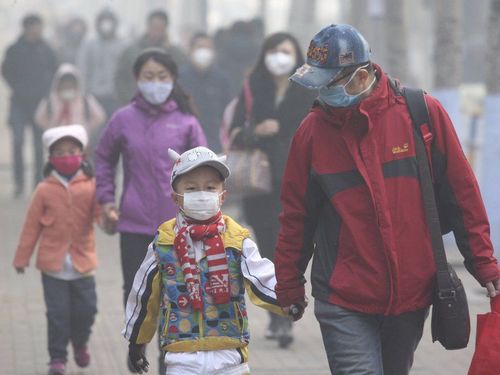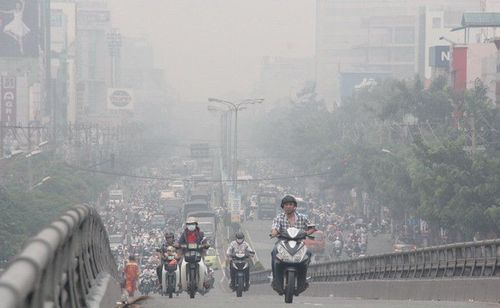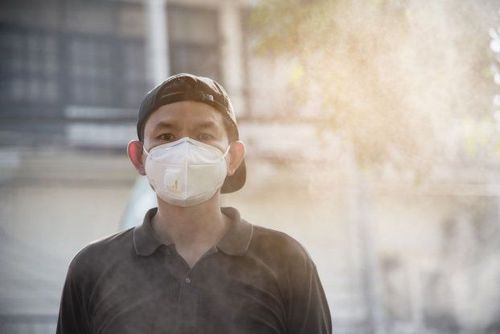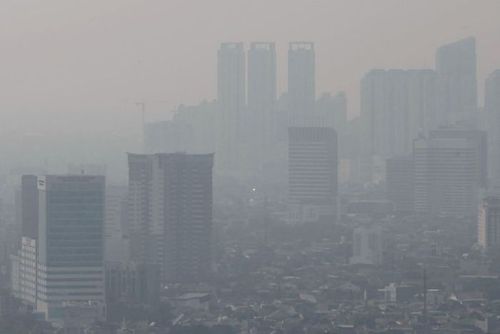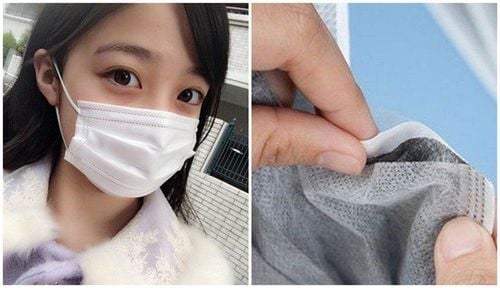This is an automatically translated article.
Air pollution is becoming more and more serious, directly affecting human health. In particular, the heaviest effect on the body can be mentioned as fine dust, a type of microscopic dust that ordinary masks cannot filter. So what kind of mask can resist fine dust and what are their effects?
1. Negative effects of fine dust on human health
Fine dust is liquid particles or particles floating in the air that are microscopic in size, less than 2.5 Micrometers. People often have an accompanying symbol like PM 2.5 to indicate the standard concentration of these particles in 1 cubic meter of air.
The negative effects of fine dust are:
Fine dust easily penetrates into the respiratory tract affecting DNA structure due to oxygen imbalance. The transition metals in the dust inhibit the DNA repair mechanism, which can cause lung cancer. Respiratory diseases: Fine dust reacts with CO, SO2, and NO2 to prevent hemoglobin from combining with oxygen, causing oxygen deprivation to cells. Causes respiratory diseases, toxins in fine dust can cause chronic obstructive pulmonary disease. Cardiovascular diseases: Fine dust can attack the alveoli and pass through the barrier between air and blood to enter the circulatory system. When the patient has normal blood vessel blockages, but when fine dust attacks these places, they will burst, causing a heart attack. In addition, it also affects human psychology as well as severe memory impairment when exposed to air pollution for a long time.
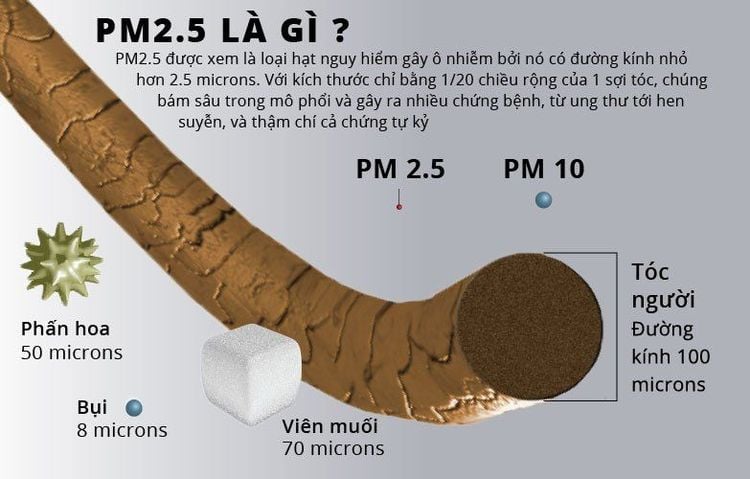
Bụi mịn gây ảnh hưởng đến sức khỏe con người
2. What is a fine dust mask?
Ordinary medical or cloth masks only filter out visible dust, but cannot filter fine dust. The anti-fine dust masks must be made according to the following standards:
Non-woven fabric layer Small dust filter layer Fine dust filter layer Activated carbon layer (chemical filter) Air layer Must have full structure as follows: New masks can filter fine dust as small as 0.3 Micrometers.
Along with that, it must comply with the anti-fine dust standards tested by the US National Institute of Occupational Health and Safety - NIOSH as follows:
N90: Prevents 90% of fine dust with the smallest diameter of 0.3 Micrometer. N95: Prevents 95% of fine dust with the smallest diameter of 0.3 Micrometer. N99: Prevents 99% of fine dust with the smallest diameter of 0.3 Micrometer. N100: Prevents 99.97% of fine dust with a minimum diameter of 0.3 Micrometers
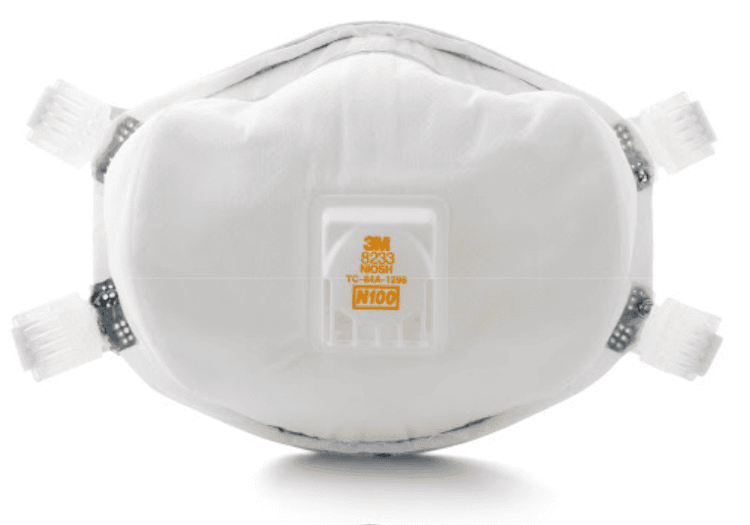
Khẩu trang chống bụi mịn N100
3. What kind of anti-fine dust mask should be used?
To protect health and safety from today's serious air pollution, it is advisable to wear a dust mask against fine dust. There are many types of products on the market that are sold with the offer of being resistant to fine dust, but customers should be wise in their choice.
3M 9501 VT fine dust filter mask
This is an N95 mask that is resistant to 95% of fine dust present in the air. With a kite-shaped design, it can cover the nose and mouth area of the face. The 3M 9501 VT mask is also equipped with a breathing valve to help ventilate the user. There are also some advantages as follows:
Made of non-irritating non-woven fabric for the user. Very light product weight only 12g Elastic band is suitable for many objects of use. PM 2.5 masks
PM 2.5 masks are of the N99 type, which can filter up to 99% of fine dust 0.3 Micrometers in size. The face-hugging design with two silicone lines on the nose brings comfort to the user. Equipped with air conditioning valve and steam circulation, especially when traveling in frosty weather.
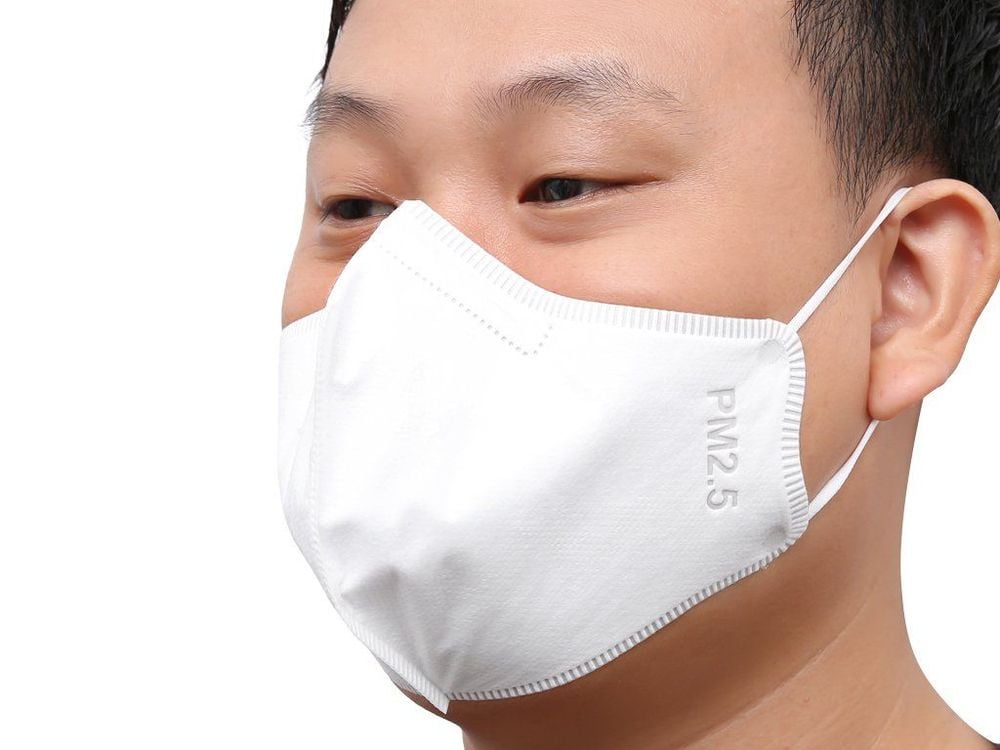
Khẩu trang PM 2.5
4. Use the dust mask properly
Anti-fine dust masks help protect the human body from the negative effects of air pollution. Especially the negative effects that fine dust causes to human health.
How to use a dust mask properly:
When wearing a mask so that the air entering from the mouth and nose must be through the mask filter. In this way, it is possible to thoroughly remove the infiltrating bacteria, especially fine dust. Masks all have their lifespan, depending on the type. You should not use it for too long, it will cause the dust filter level to decrease, or change your mask regularly. The fine dust filter mask should not be exposed to cleaning chemicals that can affect the filter structure. For activated carbon masks, it also reduces the ability to neutralize toxins.
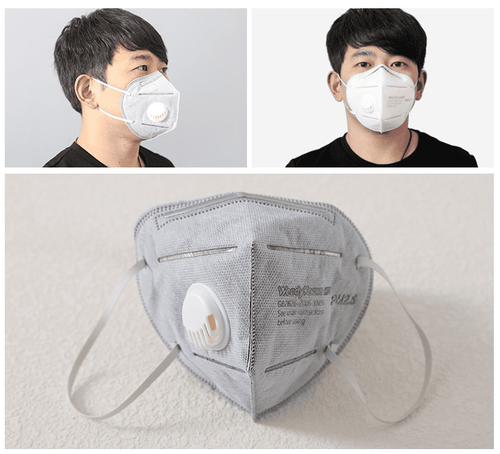
Khẩu trang lọc bụi mịn cần được sử dụng đúng cách
To protect health against air pollution, the most effective way is to wear a dust mask when participating in traffic or working in a toxic environment. It is best to buy anti-fine dust masks of reputable brands to ensure product quality.
SEE ALSO:
Note to choose a mask against fine dust caused by air pollution Learn fine dust pm 1.0 and pm2.5 in polluted air How to limit the effects of fine dust in the air on health




